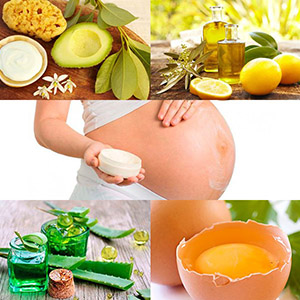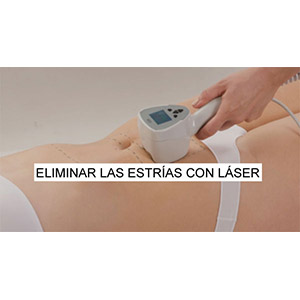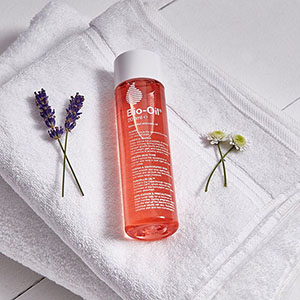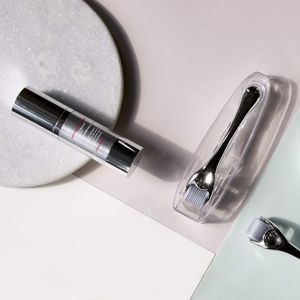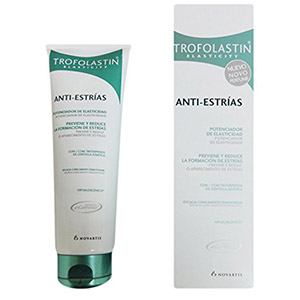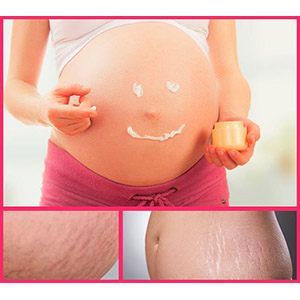Parabens in anti-stretch mark creams and other cosmetics.
We have gone from being a society that did not care about what it consumed to one where we scrutinize everything we eat, drink, and even apply to our skin, as in the case of creams. Whether it's sugar, palm oil, and now, parabens.
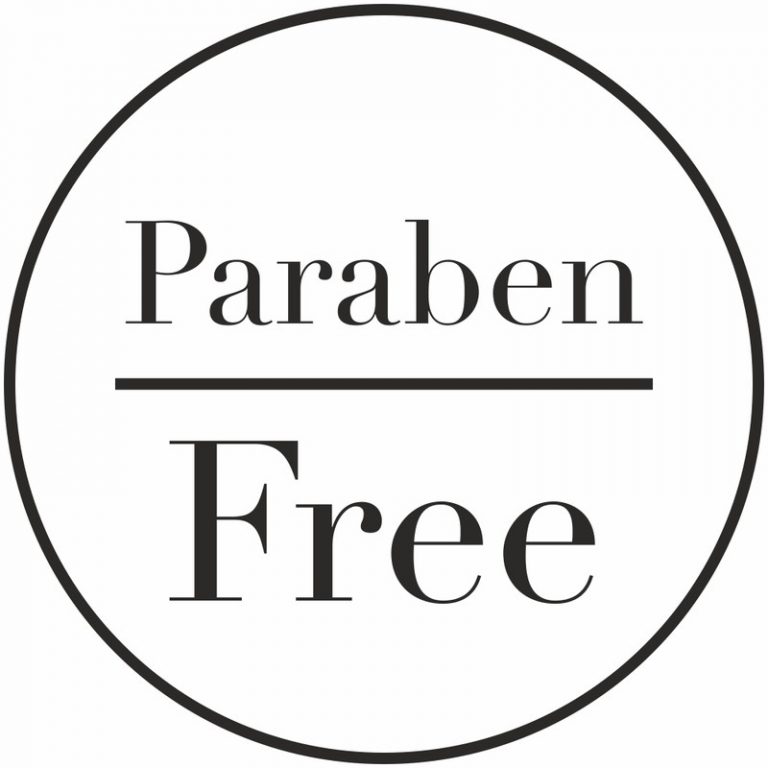
What are parabens?
Explained simply and in a way that everyone will understand, parabens are chemical compounds that act as preservatives in all kinds of cosmetics. That is, they are responsible for ensuring that our creams last for years and years... they kill bacteria and help preserve the cosmetics we use, increasing their lifespan and safety.
But then, where is the problem with parabens?
These chemical compounds are under suspicion of possibly altering the hormonal balance of our bodies, an action known as endocrine disruption. The increase in hormonal issues in recent decades or diseases such as cardiovascular problems, diabetes, or obesity could be related to these substances that are so present in our daily lives. Other consequences of use that are associated with them include: breast cancer, sexual problems in men, premature aging, skin allergies, …
Although they are under suspicion, cosmetic manufacturers and creams such as anti-stretch mark creams can use them, but with certain restrictions and controls.
Parabens and pregnancy
If you are pregnant, it is advisable to avoid creams and any other products that contain parabens as much as possible, because your baby may be affected in its immune system, and may also have reproductive disorders; even its intelligence may be impacted. The presence of xenoestrogens in parabens, at high concentrations, acts as false hormones that directly affect the uterus, causing the growth of the endometrium.
It is common for pregnant women to use anti-stretch mark and anti-cellulite creams, you should pay close attention to ensure they do not contain parabens or simply replace them with natural creams without any chemicals.
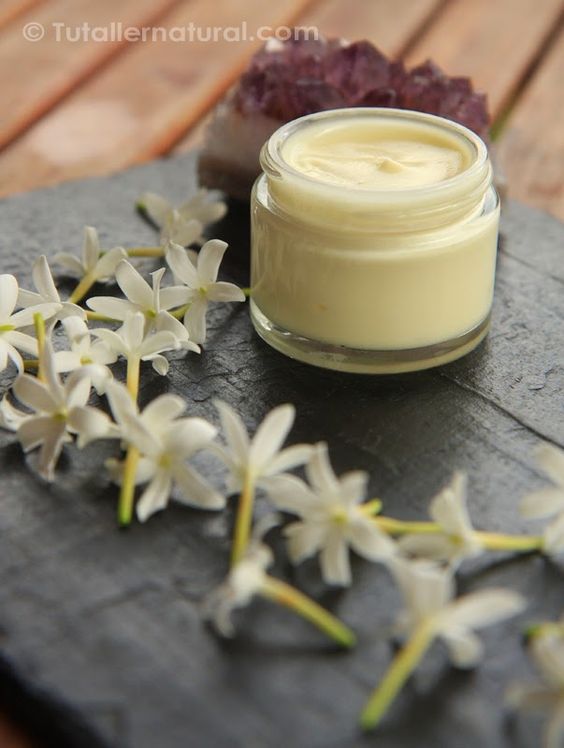
So, are products with parabens dangerous? Before you get alarmed, while it is true that many products containing these substances are marketed, their concentration is so low in cosmetics that their effect on the body is practically negligible. Keep in mind that the Spanish Agency for Medicines is responsible for ensuring that no cosmetic product on the market is harmful to health.
In any case, it is interesting to know what each thing is, identify it, understand how it works, and have the option to choose.
Parabens accepted by European cosmetic legislation
Methylparaben (or E218) and ethylparaben (or E214): Used in permitted concentrations, they do not pose a danger. They are effective and safe as preservatives. Normally, they will appear at the end of the ingredient list of the anti-stretch mark cream (which means they are present in low amounts). These preservatives must not exceed 0.4% concentration in a product (or 0.8% if they are mixed).
Butylparaben and propylparaben (or E216): Their concentration is usually low, but the Scientific Committee on Consumer Safety of the European Commission, SCCS, has suggested reducing the legal concentration limit. Recently, the European Commission has limited the use of these parabens to 0.14%, both when used alone and mixed. They are also prohibited in products intended for the diaper area for children under 3 years old, such as baby butt creams, since the skin in the diaper area may be damaged or irritated, which increases the risk of absorption of these substances. The OCU recommends that, for precaution, butylparaben and propylparaben be avoided in children under 3 years and pregnant women, in products that remain on the skin (creams and body lotions) for several hours.
The European Union banned isopropylparaben and isobutylparaben in 2014, along with others such as phenylparaben, benzylparaben, or pentylparaben, which are very rarely used. There is not enough information about their risks so it is not possible to evaluate their safety, and thus, they should not be used.
Girls reading me from other countries outside Europe, guide yourselves by this information when buying a product. It would be complicated to know and write about the legislation of each country, state, ... regarding the use of parabens.
If you want to buy products without parabens, look for the labels “paraben free” or “free of parabens.”
And if you finally decide to buy any products with parabens, try to store them away from direct light, very high or very low temperatures, and close them tightly after use.
To quickly distinguish them in the ingredient list of your product, keep in mind that they all end in "PARABEN," but be careful that some come camouflaged as (E214, E216,...)
Index
